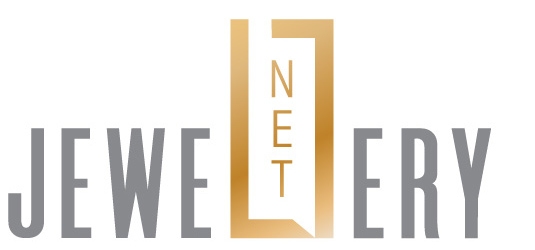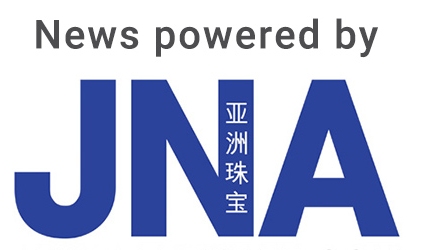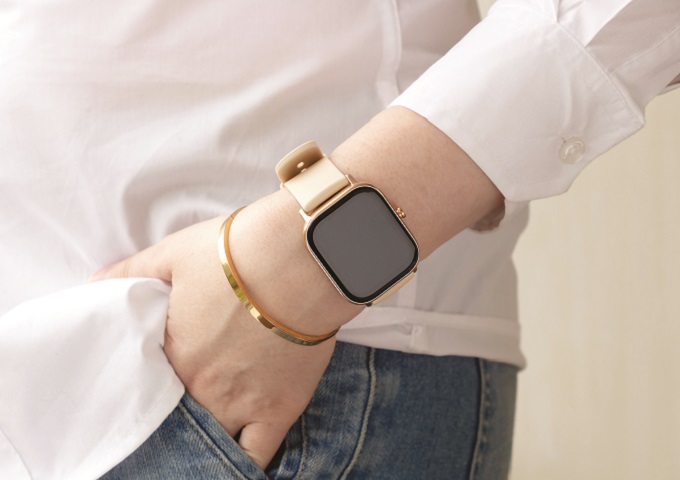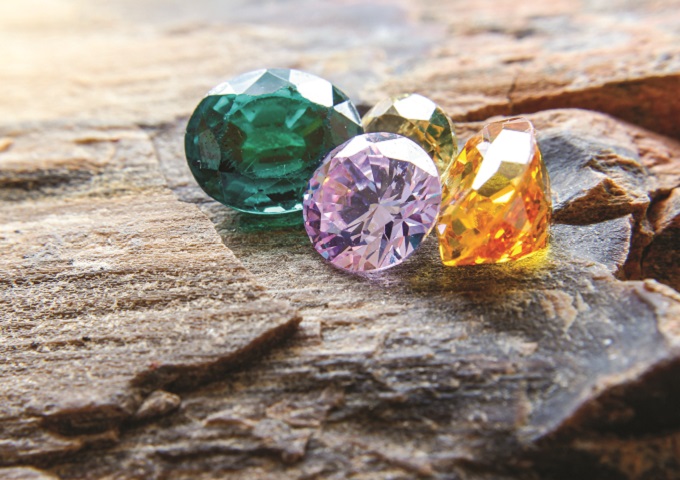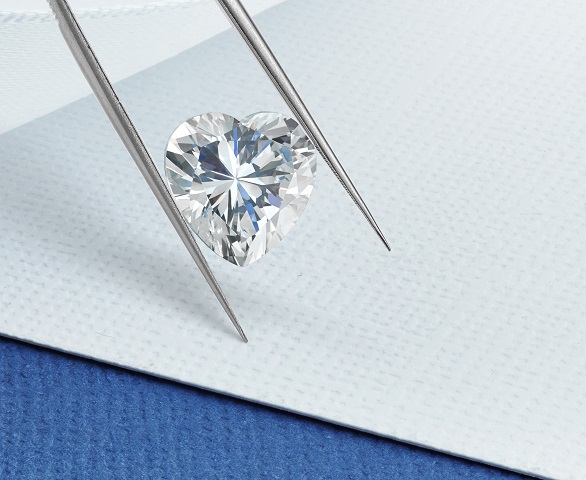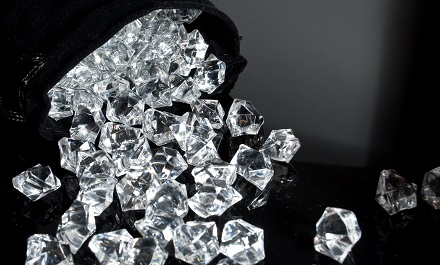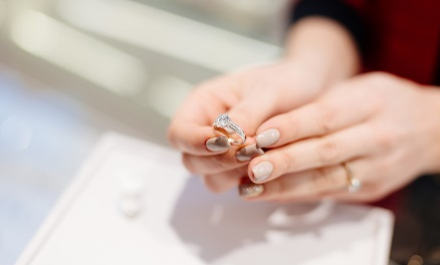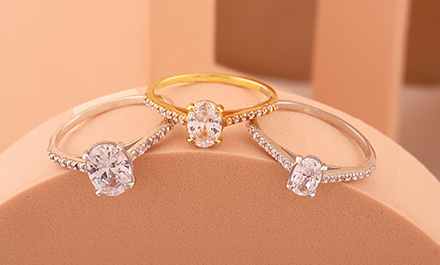This is an expanded and serialised version of the article that first appeared in the JNA January-February 2023 issue.
As JNA enters its fourth decade, it examines the market-shaping developments that will influence the course of the gem and jewellery industry moving forward. This sixth instalment looks at the power of branding and customer expectations for product and retail.
26. Branded jewellery
Brands transform products into aspirations. They tell the story of a journey, a lifestyle, a concept, an emotion, an ambition. Consumers gravitate towards the narrative that appeals to them the most.
Research by De Beers Group found that branded diamond jewellery represented two-thirds of all diamond jewellery purchases in the US in 2021 and almost 80 per cent of all sales by value. Gen Z led other consumer segments in opting for branded items. China is also enamoured with brands, with consumers placing a premium on well-defined labels.
Further industry research indicates that only 18 per cent of fine jewellery worldwide is branded. The number is even lower in China at 15 per cent. There is thus much room to grow.
Consumers favour branded jewellery and collections for the status, lifestyle and values they represent. Retailers also enjoy the higher margins offered by brands as well as their easy-to-present packages complete with best-selling items, displays, packaging materials and collaterals.
Platinum Guild International (PGI) is promoting the use of platinum in the jewellery trade by spearheading and facilitating the development of branded jewellery collections in its key markets of the US, Japan, China and India.
27. Branded diamonds
Branded diamonds, most often with patented cuts supported by enchanting narratives, feed into consumers’ desire for prestige and exclusivity. Such efforts are paying off, with companies building brands around their diamonds that people align with for greater traction in the market.
Israeli diamantaire Lily Diamonds prides itself on its novelty cuts. The Lily, its prized innovation with four delicate petals, has 77 facets that breathe fire and life into the diamond. Its Orchidea diamond, with gently pointed tips, features 61 facets. Both The Lily and the Orchidea diamonds are exclusively available under the Lili Jewelry brand.
For its part, Leo Schachter offers its Peonia diamond with 88 facets to discerning customers seeking unique treasures. The company also produces Kalahari Dream diamonds that highlight their exotic journey from Leo Schachter’s Botswana workshop while maintaining the highest standards of social and environmental responsibility.
28. Making the cut
Unusual and eclectic cuts for coloured gemstones oblige shoppers’ thirst for novelty and self-assurance. That extra special detail always goes a long way.
Miranda Group from Brazil focuses on providing painstakingly matched and cut coloured gemstone layouts in a wide variety of sizes and colour combinations. Its selection of special cuts and spectacular gems enables jewellery manufacturers and designers to create cohesive collections.
Belgian gemstone dealer Taymans Fine Gems also places particular emphasis on cuts in its collections. Among its fastest-moving items are Asscher-cut tourmalines that maximise the lustre and colour of the gemstones.
29. Experiential retail
Physical stores are evolving beyond transactions to lifestyle destinations as shoppers demand memorable shopping experiences. Online connectivity and social access are now bare minimums in the face of augmented reality, bespoke services and in-store masterclasses that can enhance client engagement and loyalty.
Retailers are holding client outreach programmes and private events at their shops in a bid to engage customers more. Masterclasses no longer focus on just jewellery, with art, lifestyle, fashion and luxury providing fodder for discussion and networking.
30. Smart, multifunctional jewellery
Combining fashion and function, smart jewellery gives a new dimension to wearable tech, from health-tracking pendants to necklaces that double as a messaging app and as a camera. What about a smart ring that sends notifications, displays messages and turns into an earphone when needed? Or a bracelet or ring that acts as a remote control for one’s camera phone? The possibilities are endless.
The global smart jewellery industry – estimated at US$250 million in 2022 – is expected to reach US$890 million by 2030, growing at an annual rate of 16.9 per cent from 2022 to 2023, according to a study by ResearchandMarkets.
Growth is driven by rising health awareness among consumers, the study noted. The Covid-19 pandemic reinforced the value of leading healthy and fit lifestyles, particularly among younger people and working-class consumers.
While the US remains the largest market for smart jewellery, demand will be bolstered by the expanding fitness industry in countries such as India and China, which have large youth populations.
According to the study, smart bracelets held the largest revenue share in the smart jewellery sector in 2021. These include bracelets with disease-specific functions such as cardiovascular indications. The heart rate-monitoring segment accounted for over 36 per cent of revenue in 2021.
View the earlier instalments of this series here.
